ISLAMABAD: The loss of glaciers in the mountain ranges of South Asia will have serious consequences for communities and livelihoods across the region, both through immediate threats to water resources and more broadly through greater exposure to climate-induced stress, reveals a World Bank report released Thursday.
The report titled “Glaciers of the Himalayas Climate Change, Black Carbon and Regional Resilience,” by World Bank Group says regional cooperation is critical in helping countries in the region collaboratively manage glaciers and other natural assets.
“This is possible only if countries can exchange information about BC (black carbon) emissions and share best practices and forecasting exercises. By improving our pooling of information, we can help countries better manage natural disasters caused by melting glaciers,” it says.
The 142-page document says that managing BC emissions in South Asia has the potential not only to achieve global and regional climate benefits, but also to offer other valuable advantages for the region.
“For example, cleaner cooking and fuel burning, in addition to reducing BC deposits on glaciers, would improve local air quality; help achieve long-term energy security, especially after switching to solar and other clean energy solutions; and ultimately help meet climate targets.”
The World Bank Group, it says, is stepping up its efforts to help South Asia address the challenges raised by the region’s vanishing glaciers.
The World Bank has recently established a $500 million Clean Cooking Fund to galvanize political commitment and investment to achieve universal access to modern energy cooking services (MECS) by 2030.
“This would indirectly serve the purpose of investing in solutions to reduce BC. Through our recently approved Climate Change Action Plan, we are providing financing and helping develop strategic policies to step up climate action,” the report says.
The report notes that fully implementing current BC emissions policies in South Asia can reduce BC deposition in the region by almost one quarter. BC emissions can be reduced by an additional 50 percent by enacting and putting in place new policies that are currently economically and technically feasible, the document suggests.
The document provides new evidence on the extent to which BC reduction policies by South Asian countries have an impact on glacier formation and melt in the Himalaya, Karakoram, and Hindu Kush mountain ranges within the context of the changing global climate.
The report also examines the extent of water resources and the potential impact of this loss of glaciation on downstream river basins. The study presents scenarios through to 2040 to “align with a reasonable policy-making time horizon.”
“Climate change is altering the natural water cycles in South Asia. The consequences of melting glaciers diminish seasonal snow, and changes in precipitation pose significant risks to the stability of water resources in the region. Glaciers have been crucial to the balance of the ecosystem: they help to moderate flows in the region’s major rivers by providing a source of meltwater in hot, dry years and storing water during colder, wetter years. The Himalaya, Karakoram, and Hindu Kush mountain ranges of South Asia, which contain almost 55,000 glaciers, store more freshwater than anywhere but the North and South Poles,” the World Bank Group document says.
“The recent series of flash floods that killed dozens of people and left hundreds missing in the Himalayas was far from the first such disaster to occur among the world’s high-mountain glaciers. In a world with a changing climate, it will not be the last. With the shrinking and thinning of glaciers, it is clear that communities and entire sectors of industry are being—and will continue to be—impacted by the changes in water supply. Farmers and indigenous peoples will be hit the hardest as droughts, floods, and weather fluctuations disrupt crop production and alter the livelihoods of those who live downstream. Many of the 750 million people living in the basins of the three mighty rivers of the region—the Indus, the Ganges, and the Brahmaputra—derive their livelihoods primarily from agriculture, which, in turn, feeds the region’s urban communities. Water from the headwaters of these rivers contributes significantly to energy production and recreation in the region.”
The World Bank Group suggests this report should be of “great value to all those concerned with the development of the region in the coming decades.”
Copyright Business Recorder, 2021








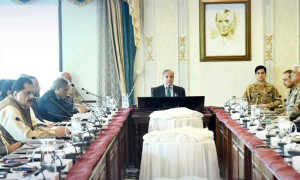


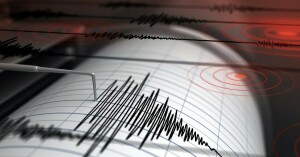

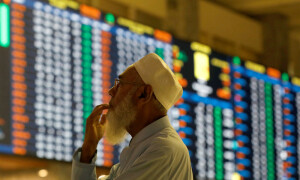
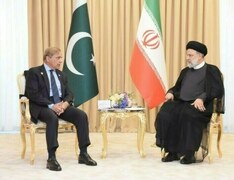
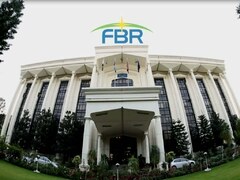

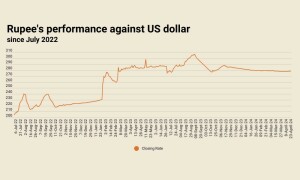

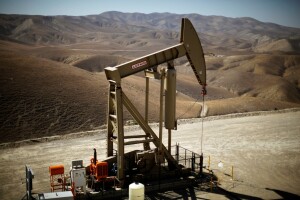



Comments
Comments are closed.